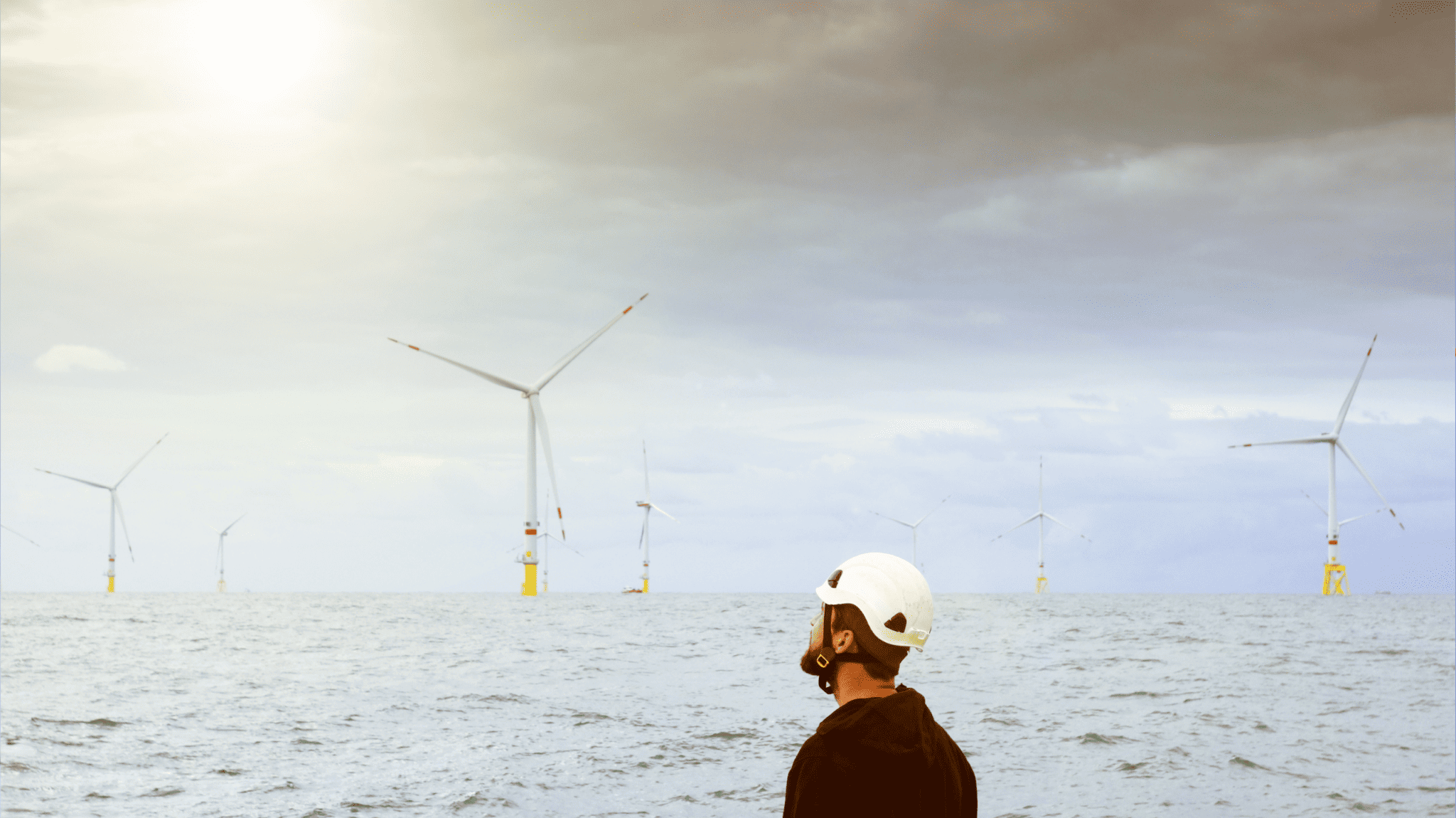
How can the industry attract more people with the right skills as the volume of work increases?
The topic of strategic recruitment was discussed in Sennen’s latest webinar on “The key to effective long-term strategies in offshore O&M”.
There is a reduced flow of people coming into the wind industry, which begs the question of where the next generation of offshore wind power plant managers will come from. For young people, there is a clear need for more incentives and training programs.
Play the clip below to watch the full discussion between Mike Young from Sennen, Bob Smith formerly from London Array and Calum Hume from EDFR, on the topic of hiring ‘new’ people into the industry.
As someone who is currently involved in the recruiting process, it is undoubtedly a challenging job market. A significant amount of time is spent attending career events, engaging with schools and colleges but, unfortunately, there’s a limited understanding among people about the diverse range of job opportunities available in the wind farm industry. Most individuals tend to associate it solely with technician roles, and that is not the case. In reality, there are numerous job roles, including planning and scheduling, environmental advisors, analysts, and even consent-related positions. These roles are vital for future wind farm projects, but we face a scarcity in the pipeline of skilled individuals for these positions. Government incentives to attract talent from other sectors, particularly from the oil and gas industry, as well as apprenticeships are urgently required.
Reset the numbers of the turbines. The number of times I’ve gone to a wind farm and people ask me why are there numbers up to 60 when you’ve only got 30 turbines. I’d like to go back and re-number them because I have to deal with them for the next 25 years – looking at spreadsheets of numbers that don’t exist.”
Calum Hume, O&M Manager, EDFR
Retraining individuals from the oil and gas industry presents a clear opportunity. While it’s true that many professionals in oil and gas are nearing retirement age, there are still a considerable number of individuals who could make the transition.
The uncertainty surrounding the future of oil and gas creates a challenge. As a country, we lack a definitive strategy regarding our stance on this industry. If we were resolute and decisive about moving away from oil and gas, it would encourage those professionals to consider offshore wind and renewables as viable career paths.
We do have lessons to learn from that industry. Historically, it has been successful in providing industry-specific training. Establishing training programmes that have been designed by O&M companies is important. There is a significant advantage of the self-operated model, as companies that operate their fleets have a strong incentive to attract and train individuals within the industry.
I think what we’re seeing now, as the fleets get bigger, are some of the bigger firms [build training programs and induct people in a general sense into the industry]. That is a huge benefit that comes with the self-operated model, right? You’ve got fleets operated by companies who have every incentive in the world to bring people and train them in the industry. And I think that makes a big difference and that will increase over time.
Bob Smith, former General Manager, London Array
The O&M work carried out on turbines aligns perfectly with an apprenticeship scheme. As an apprentice, you shadow a technician or engineer who guides you through the tasks and this offers an excellent opportunity for them to become part of the team, gain valuable knowledge, and integrate into the workplace quickly.
I think we are missing out there. I know there are apprenticeship schemes out there, but to my knowledge, I don’t think there are enough. I think we could exploit that a lot more.
Mike Young, Senior Consultant, Sennen